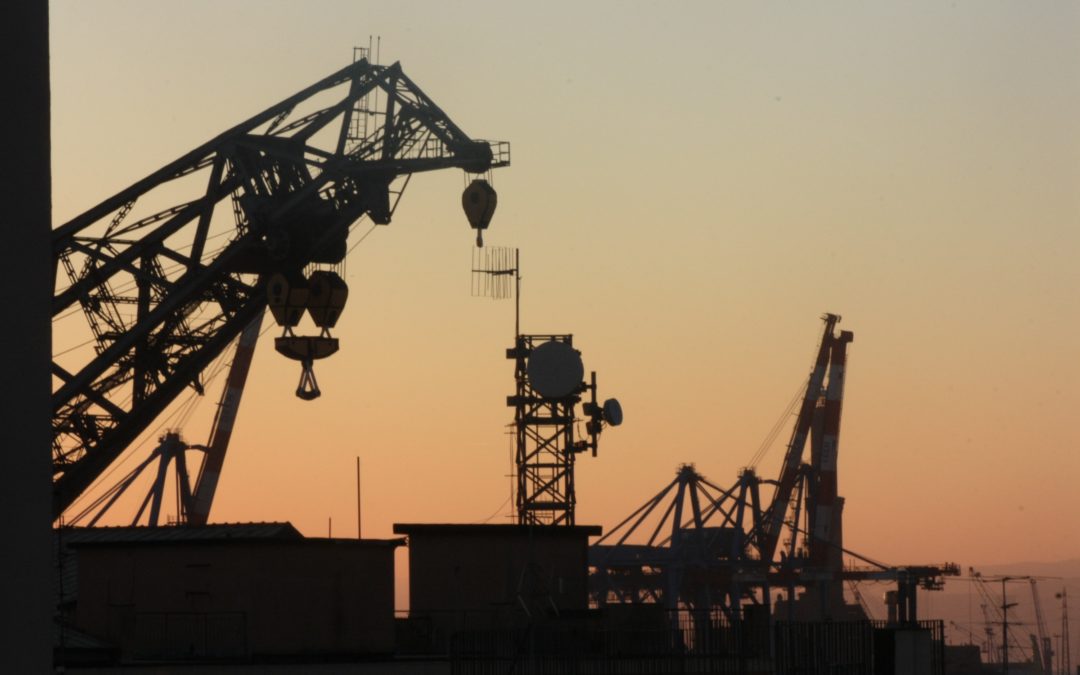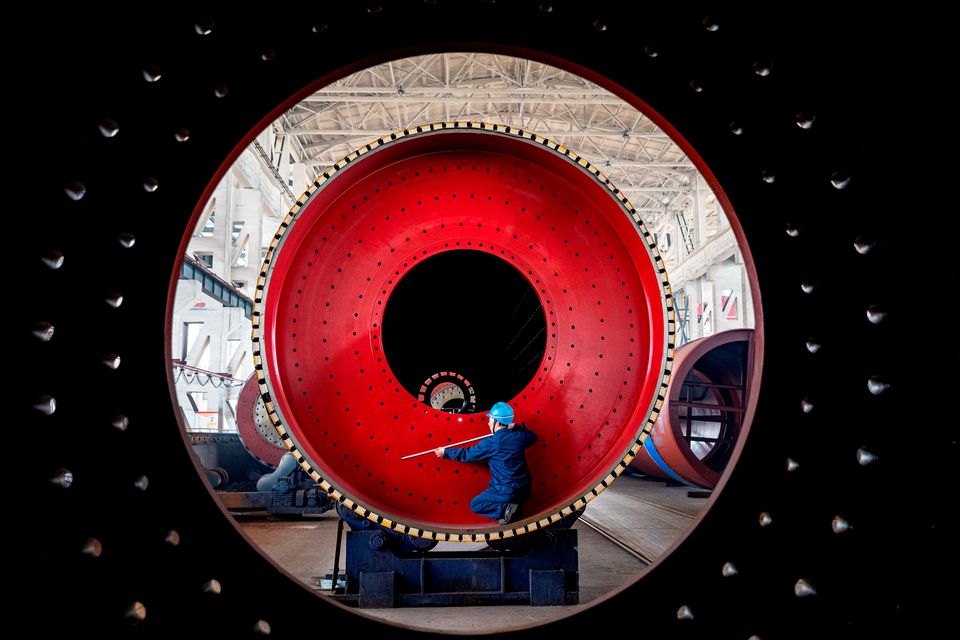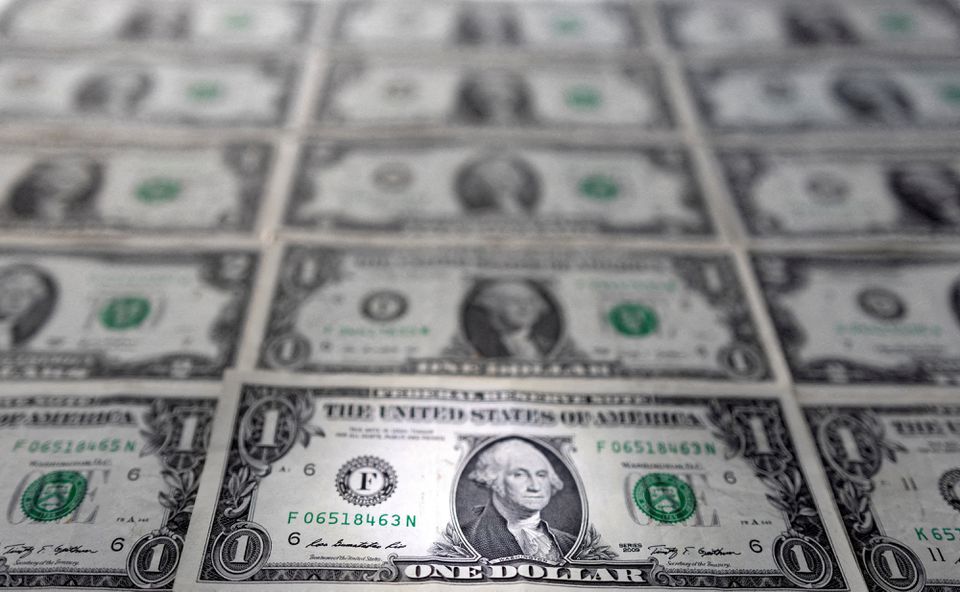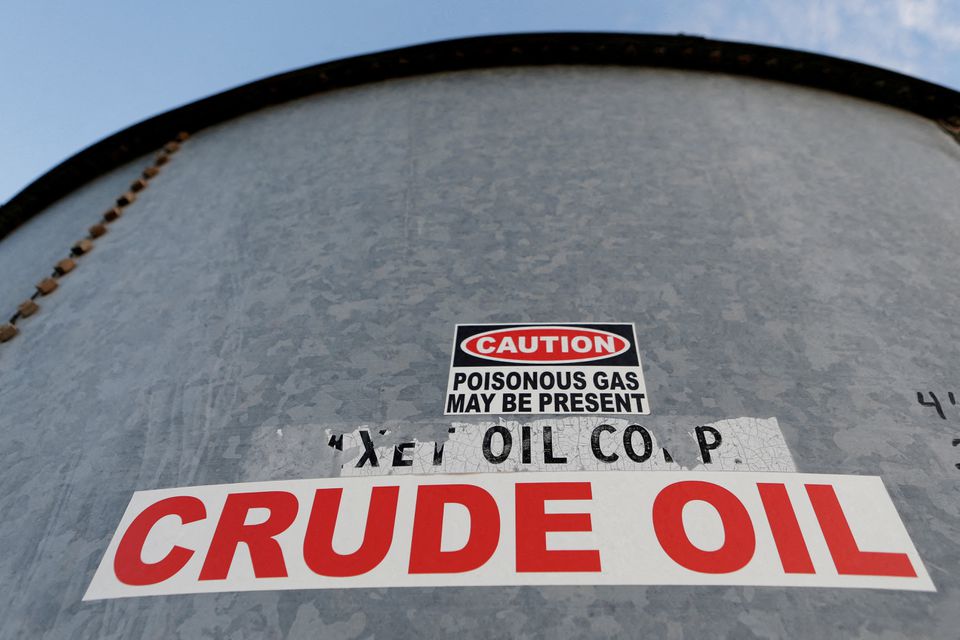
The mood among Japan’s big manufacturers’ soured for a second straight quarter in the three months to June, a central bank survey showed on Friday, hit by rising input costs and supply disruptions caused by China’s strict COVID-19 lockdowns.
But confidence among big non-manufacturers improved in the quarter, the “tankan” quarterly survey showed, suggesting service-sector firms are shaking off the drag from the pandemic as the government lifts curbs on activity.
Firms expect to ramp up capital expenditure and are steadily passing on costs to consumers, the tankan showed, suggesting the economy remains on course for a moderate recovery.
Analysts, however, warn of a murky outlook as growing fears of a U.S. economic slowdown and steady price hikes for daily necessities weigh on exports and domestic consumption.
“All in all, the tankan figures aren’t too bad. The strong capital expenditure plan is a surprise and shows corporate spending appetite remains solid,” said Yoshiki Shinke, chief economist at Dai-ichi Life Research Institute.
“But manufacturers expect to see profits fall, which could affect their spending plans ahead. Rising input costs and prospects of slowing U.S. growth also cloud the outlook.”
In a sign of mounting inflationary pressure, separate data showed core consumer prices in Japan’s capital Tokyo – a leading indicator of nationwide trends – rose 2.1% in June from a year earlier to mark the fastest pace of increase in seven years.
Full coverage: REUTERS
China’s June Factory Activity Expands At Fastest Pace In 13 Months – Caixin PMI

China’s manufacturing activity expanded at its fastest in 13 months in June, buoyed by a strong rebound in output, as the lifting of COVID lockdowns sent factories racing to meet recovering demand, a private sector poll showed on Friday.
The Caixin/Markit manufacturing purchasing managers’ index (PMI) rose to 51.7 in June, also indicating the first expansion in four months, from 48.1 in the previous month. That was well above analysts’ expectations for an up-tick to 50.1.
The 50-point index mark separates growth from contraction on a monthly basis.
The recovery suggested in the Caixin survey, which focused on more export-oriented and small firms in coastal regions, was more convincing compared with findings in an official survey.
Economic activity has sped up in June since various COVID lockdowns have been rolled back as COVID-19 cases fell, with a range of support measures unveiled by the State Council in late May to stabilise growth gradually kicking in.
A sub-index for output bounced to the highest level since November 2020, while new orders, bolstered by the first increase in export orders in about a year, snapped three months of decline and posted the fastest growth in four months.
Full coverage: REUTERS
WORLDWIDE: HEADLINES
Stocks Make Tentative Start To Second Half Under Growth Clouds

Bonds slipped, the dollar edged higher and Asia’s stockmarkets made a shaky start to the second half on Friday, as investors grow increasingly nervous about the global economic outlook.
MSCI’s broadest index of Asia-Pacific shares outside Japan (.MIAPJ0000PUS) was flat, with trade thinned by a holiday in Hong Kong.
Japan’s Nikkei (.N225) slipped 0.7%. Treasuries fell, lifting yields a little bit along the curve, and U.S. equity futures dropped about 0.2%.
The S&P 500 closed out its worst first-half since 1970 overnight and the Treasury market has taken such a beating in the past six months that Deutsche Bank estimates the performance is the poorest in more than two centuries.
Inflation and central banks’ response to it is responsible. Focus is now on any clues about whether it has peaked. Eurozone consumer price data is due later on Friday and July figures in the United States will be a blockbuster for financial markets.
German inflation unexpectedly slowed last month, as did the pace of U.S. consumer spending in May, according to data released on Thursday – prompting some pullback in rate-hike bets but at the same time increasing worries about economic weakness.
Full coverage: REUTERS
Dollar Heads For Weekly Gain As Investors Weigh Rates, Recession Risks

The dollar was little changed against major peers on Friday, but was on track for its best week in four as investors weighed the boost from tighter Federal Reserve policy and the risks of a U.S. recession.
The dollar index , which measures the currency against six counterparts, inched up 0.07% in Asian trading, after a 0.32% drop overnight when it was undermined by weaker-than-expected consumer spending data.
For the week, it has gained 0.66% in a complex push and pull as fears of a global slowdown burnished the greenback’s appeal due to its haven status. The market will be watching for weakness in U.S. ISM manufacturing figures due later in the day.
“USD sentiment has been deteriorating on the back of rising recession fears, but focusing on U.S. growth in isolation has never been a good way to trade USD,” RBC Capital Markets strategists wrote in a note to clients.
The odds are extremely low of the United States sliding into recession while the rest of the world does not, the strategists said. The dollar and other haven currencies like the yen and Swiss franc would benefit at the expense of commodity currencies and sterling for the duration of a global downturn, they added.
The Fed has lifted the policy rate by 150 basis points since March, with half of that coming last month in the central bank’s biggest hike since 1994. The market is betting on another of the same magnitude at the end of this month.
Full coverage: REUTERS
Oil Prices Rise After Falling 3% In Previous Session

Oil prices edged up in early trade on Friday, after sinking in the previous session as OPEC+ said it would stick to its planned oil output hikes in August and investors worried about the strength of the global economy.
Brent crude futures rose 83 cents, or 0.8%, to $109.86 a barrel by 0012 GMT. WTI crude futures for August delivery rose 70 cents, or 0.7%, to $106.46 a barrel.
Prices fell around 3% on Thursday.
U.S. traders squared positions ahead of the long Fourth of July weekend.
On Thursday, the OPEC+ group of producers, including Russia, agreed to stick to its output strategy after two days of meetings. However, the producer club avoided discussing policy from September onwards
Full coverage: REUTERS